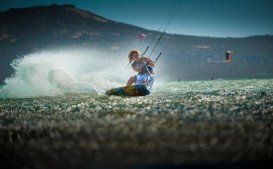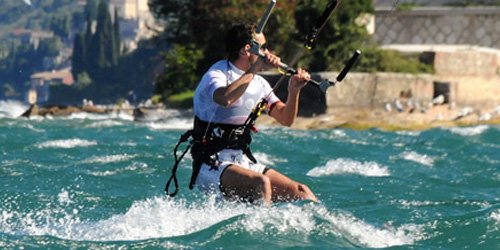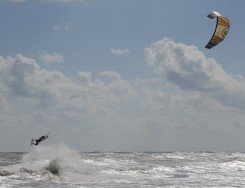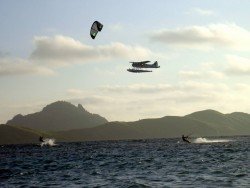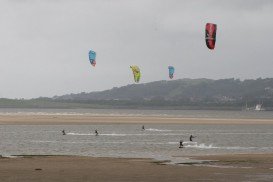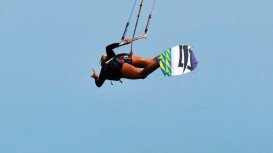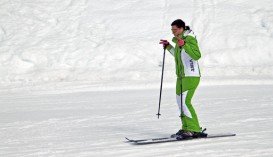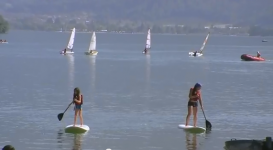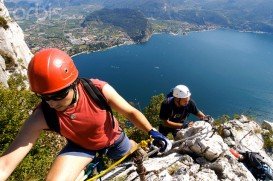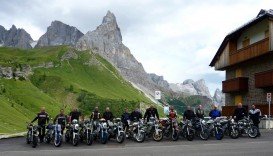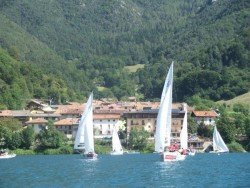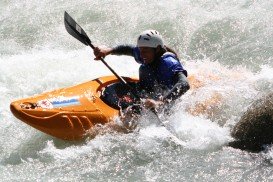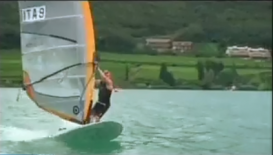Kiteboarding / Kitesurfing in Brenzone, Garda Lake,
Veneto Italy
Eastern Shore of Lake:
Perfect wind conditions
Brenzone - Torbole - Sirmione - Manerba:
Expert kiters
Tignale - Navene - Malcesine - Campione sul Garda:
Beginners
South wind / Ora:
Afternoon
North wind / Peler:
Morning
In the Province of Verona, in the Italian region of Veneto, the town of Brenzone is located on the eastern shore of Lake Garda. Brenzone is especially suited for this sport, due to its favorable climate and terrain conditions.
Kite-surfing is the most known activity in the region during the summer season. Malcesine and Campione del Garda, on the east and west coast, are the most popular locations to practice kite-surfing, thanks to the perfect wind conditions. The climate conditions are tempered and the average annual temperature is around 13.5 °C/ 56.3 °F.
The local restaurants and bars offer delicious Italian food at a fair price. Pleasure and fun makes Brenzone the perfect destination for kite-boarding holiday.
